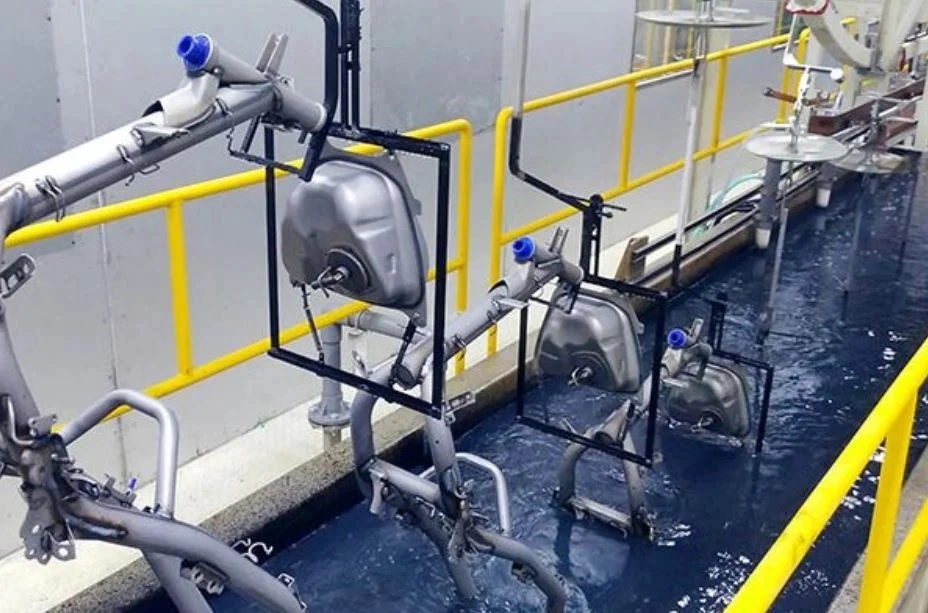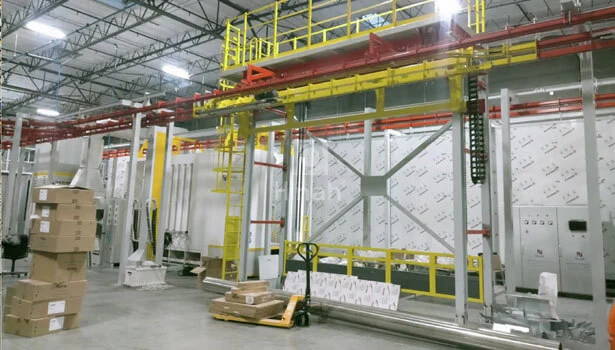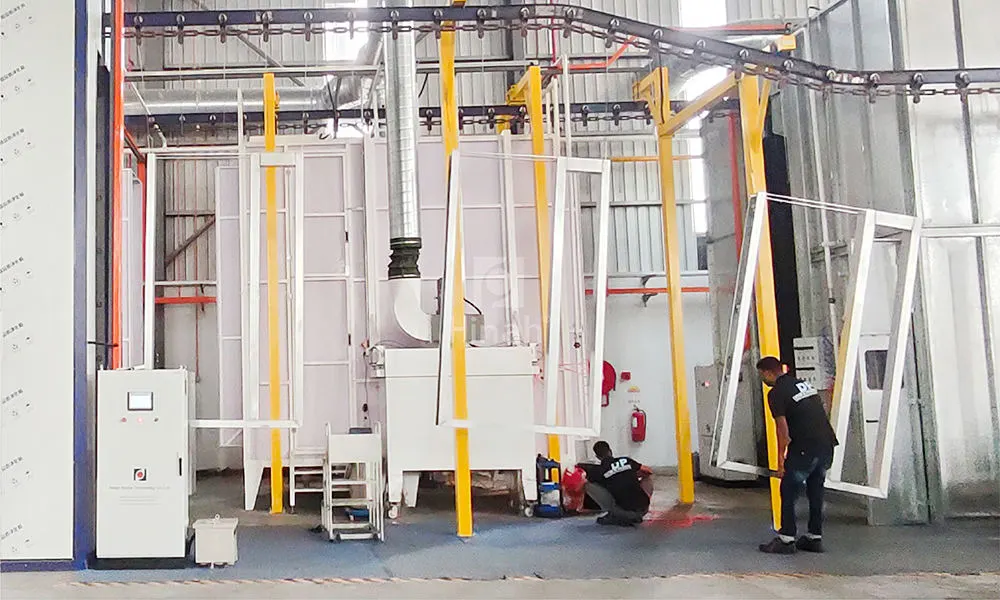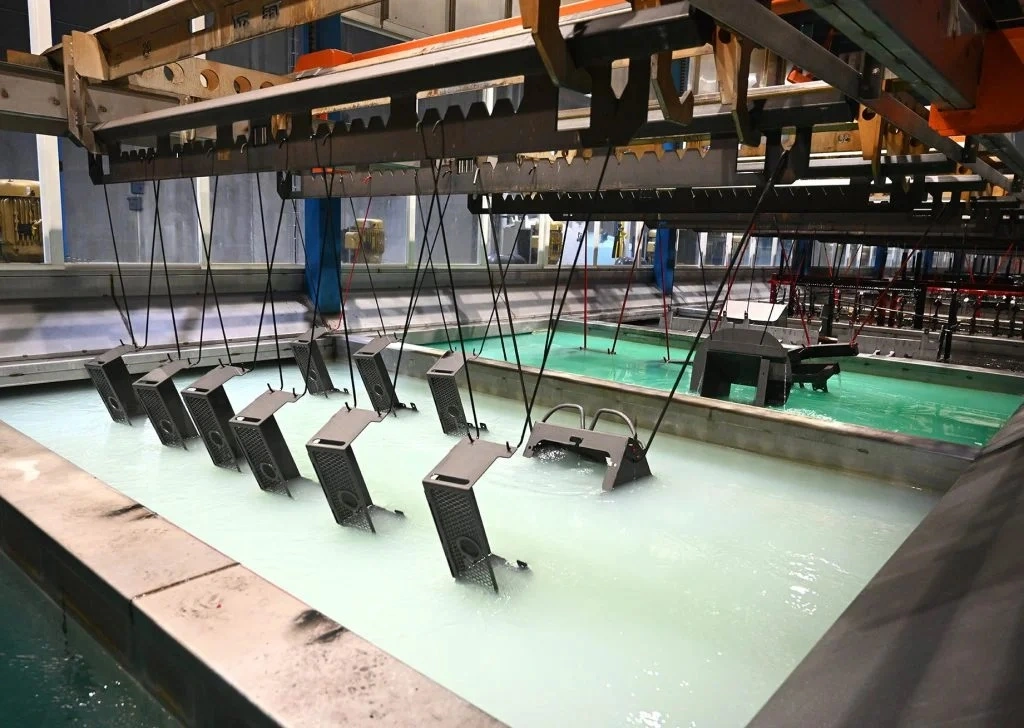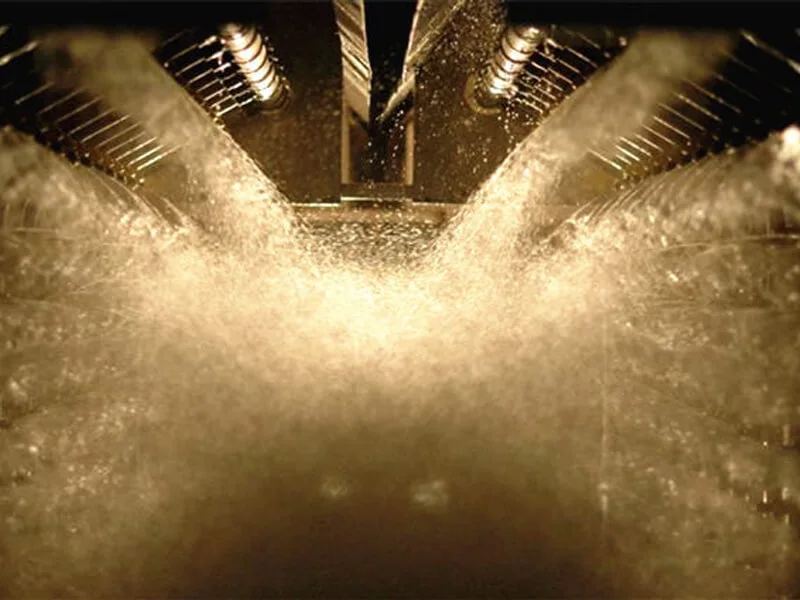When it comes to industrial processes involving surface treatments and finishes, the coating oven plays a pivotal role in ensuring quality, durability, and efficiency. Whether you're in manufacturing, automotive, or electronics, understanding the intricacies of a coating oven can significantly impact your operations. In this article, we delve into six key aspects of coating ovens, providing a comprehensive overview to help you optimize their use. From basic functions to advanced features, we cover everything you need to know about this essential equipment. By the end, you'll have a clearer picture of how a coating oven can enhance your production line, reduce costs, and improve product performance.
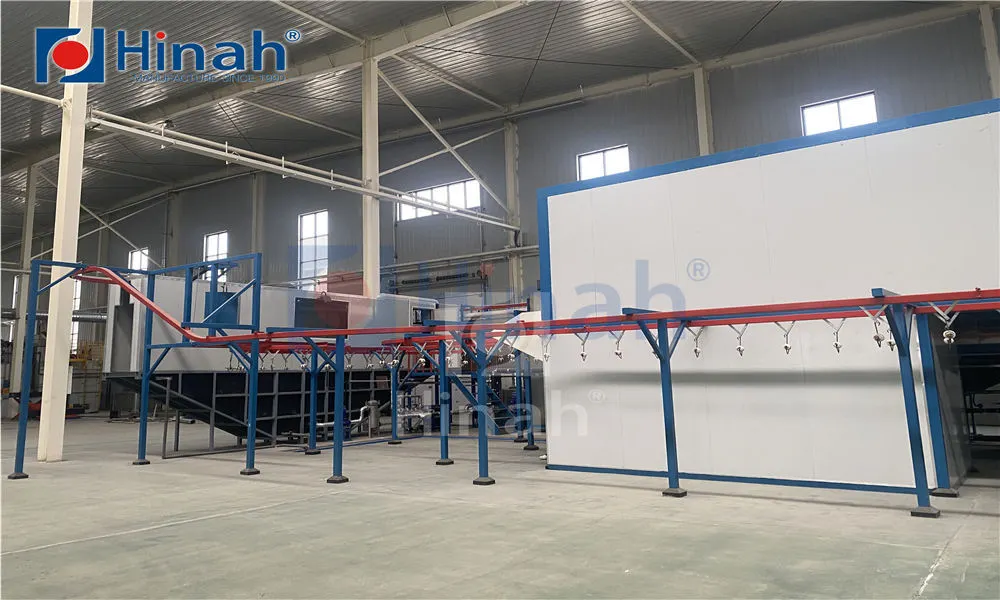
What is a Coating Oven?
A coating oven is a specialized industrial appliance designed to cure, dry, or bake coatings applied to various materials, such as metals, plastics, or wood. This process involves heating the coated substrate to a specific temperature, which triggers chemical reactions that harden the coating, resulting in a durable, uniform finish. Commonly used in sectors like automotive manufacturing for painting car parts, or in electronics for insulating components, a coating oven ensures that coatings adhere properly and resist environmental factors like corrosion, abrasion, and UV light. The basic components of a coating oven include a heating system, ventilation for airflow control, and a conveyor or batch system for moving items through the oven. By using a coating oven, industries can achieve consistent results, reduce defects, and meet stringent quality standards. For instance, in the food packaging industry, a coating oven might be used to apply protective layers to cans, ensuring they remain safe and intact during storage and transport. Overall, the coating oven is a versatile tool that transforms liquid or powder coatings into solid, functional surfaces, making it indispensable in modern manufacturing.
How Does a Coating Oven Work?
The operation of a coating oven revolves around controlled heating and airflow to cure coatings efficiently. Typically, the process begins with the application of a coating—such as paint, powder, or a specialized chemical—onto a substrate. This coated item is then placed into the coating oven, where it undergoes a series of stages: pre-heating, curing, and cooling. During the curing phase, the coating oven uses various heating methods, such as convection, infrared, or radiant heat, to raise the temperature to a set point, often between 150°C to 400°C, depending on the coating material. This heat causes the coating to cross-link or polymerize, forming a hard, adherent layer. Air circulation within the coating oven is crucial, as it ensures even temperature distribution and prevents hotspots that could lead to defects like blistering or uneven curing. Modern coating ovens often incorporate programmable logic controllers (PLCs) and sensors to monitor parameters like temperature, humidity, and dwell time, allowing for precise control and repeatability. For example, in a conveyorized coating oven, products move continuously through different zones, each optimized for a specific part of the curing process. This not only speeds up production but also enhances energy efficiency. By understanding how a coating oven works, operators can fine-tune settings to match specific coatings, reducing waste and improving overall output quality.
Types of Coating Ovens
Coating ovens come in various types, each tailored to specific applications and production needs. The most common varieties include batch ovens, conveyor ovens, and infrared ovens. Batch ovens are ideal for low-volume or custom jobs, where items are loaded, processed, and unloaded in discrete batches. They offer flexibility and are often used in laboratories or small-scale operations. In contrast, conveyor ovens, also known as continuous ovens, are designed for high-volume production lines. Products move on a belt through the coating oven, allowing for uninterrupted processing and consistent results—perfect for industries like appliance manufacturing where speed is critical. Infrared coating ovens use electromagnetic radiation to heat the coating directly, rather than the air, resulting in faster curing times and lower energy consumption. This type is especially useful for heat-sensitive materials. Another type is the walk-in coating oven, which provides ample space for large or irregularly shaped items, commonly seen in aerospace or construction industries. Additionally, some coating ovens are equipped with forced air convection systems to ensure uniform heat distribution, while others might feature vacuum or inert gas environments to prevent oxidation during curing. Choosing the right type of coating oven depends on factors like production volume, coating material, and space constraints, and it's essential to evaluate these aspects to maximize efficiency and cost-effectiveness.
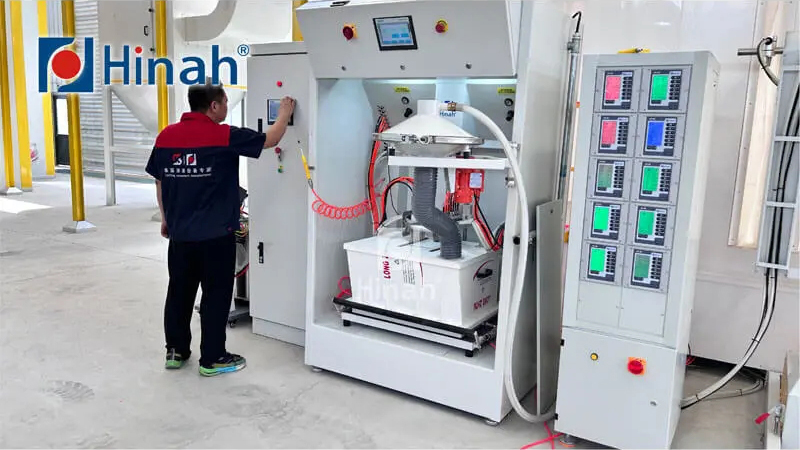
Applications of Coating Ovens
The applications of coating ovens span a wide range of industries, highlighting their versatility and importance. In the automotive sector, a coating oven is used to cure paints and protective coatings on vehicle bodies, ensuring a glossy finish and resistance to rust and scratches. Similarly, in the aerospace industry, coating ovens apply heat-resistant coatings to aircraft components, enhancing safety and longevity under extreme conditions. The electronics industry relies on coating ovens for insulating circuit boards and other parts, protecting them from moisture and electrical interference. In furniture manufacturing, coating ovens dry and cure wood finishes, providing a durable surface that withstands daily wear and tear. The packaging industry uses coating ovens to apply barrier coatings to food containers, preventing contamination and extending shelf life. Moreover, in the medical field, coating ovens are employed to sterilize and coat devices like implants, ensuring biocompatibility and hygiene. Even in art and design, coating ovens help cure decorative coatings on ceramics or metals. Each application leverages the precise temperature control and uniformity of a coating oven to achieve specific performance criteria, such as adhesion, hardness, or chemical resistance. By tailoring the coating oven settings to the material and end-use, industries can produce high-quality products that meet regulatory standards and customer expectations.
Benefits of Using Coating Ovens
Utilizing a coating oven offers numerous benefits that contribute to operational efficiency and product quality. One of the primary advantages is consistency; a coating oven provides uniform heating, which minimizes defects like uneven curing or color variations, leading to higher yield rates. Energy efficiency is another key benefit, as modern coating ovens are designed with insulation and heat recovery systems that reduce power consumption and lower utility costs. For instance, infrared coating ovens can cut energy use by up to 50% compared to traditional methods. Additionally, coating ovens enhance safety by containing fumes and reducing fire risks through controlled environments and exhaust systems. They also support sustainability by enabling the use of eco-friendly coatings, such as water-based or low-VOC (volatile organic compound) options, which cure effectively in a coating oven without harmful emissions. From a economic perspective, investing in a reliable coating oven can lead to long-term savings through reduced rework, faster production cycles, and extended equipment lifespan. Moreover, the adaptability of coating ovens allows for integration with automation systems, boosting productivity and reducing labor costs. By leveraging these benefits, businesses can gain a competitive edge, improve their environmental footprint, and meet the growing demand for durable, high-performance products.
Maintenance Tips for Coating Ovens
Proper maintenance of a coating oven is crucial for ensuring longevity, safety, and optimal performance. Regular inspections should include checking the heating elements for wear and tear, as damaged elements can lead to inefficient curing and increased energy costs. Cleaning the interior and exterior of the coating oven is essential to prevent buildup of residues, which might cause contamination or fire hazards. For instance, in a powder coating oven, accumulated powder can ignite if not removed periodically. Lubricating moving parts, such as conveyor belts or fans, helps reduce friction and prevent breakdowns. It's also important to calibrate temperature sensors and controls annually to maintain accuracy, as deviations can result in under- or over-curing. Monitoring airflow systems, including filters and vents, ensures proper ventilation and prevents overheating. Additionally, scheduling professional servicing every six months can identify potential issues early, such as electrical faults or insulation degradation. By following these maintenance tips, operators can extend the life of their coating oven, minimize downtime, and uphold product quality. Implementing a logbook for maintenance activities can further streamline this process, providing a record of inspections and repairs for compliance and troubleshooting purposes.
In summary, a coating oven is an indispensable asset in various industrial settings, offering precise curing, versatility, and efficiency. By exploring its fundamental aspects—from how it works to its types, applications, benefits, and maintenance—we've highlighted why understanding this equipment is key to optimizing production processes. Whether you're selecting a new coating oven or improving an existing one, considering these factors can lead to better outcomes, such as enhanced product durability and cost savings. As technology advances, coating ovens continue to evolve, incorporating smart features for even greater control and sustainability. We hope this guide has provided valuable insights into the world of coating ovens, empowering you to make informed decisions for your operations.
Frequently Asked Questions
Q1: What is the primary function of a coating oven?
A1: The primary function of a coating oven is to cure, dry, or bake coatings applied to materials by using controlled heat. This process hardens the coating, ensuring it adheres properly and provides a durable, uniform finish that resists environmental factors like moisture, chemicals, and wear.
Q2: What are the common types of coating ovens available?
A2: Common types of coating ovens include batch ovens for low-volume production, conveyor ovens for continuous high-volume lines, infrared ovens for fast and energy-efficient curing, and walk-in ovens for large items. Each type is designed to suit specific industrial needs, based on factors like production speed and material sensitivity.
Q3: How often should I perform maintenance on a coating oven?
A3: It's recommended to perform basic maintenance on a coating oven weekly, such as cleaning and visual inspections, with more thorough servicing every six months. This includes checking heating elements, calibrating controls, and lubricating moving parts to ensure safe and efficient operation.
Q4: What industries commonly use coating ovens?
A4: Coating ovens are widely used in industries such as automotive for painting vehicles, aerospace for heat-resistant coatings, electronics for insulating components, furniture for wood finishes, packaging for protective layers, and medical devices for sterilization and biocompatible coatings.
Q5: What safety precautions should be taken when operating a coating oven?
A5: Key safety precautions for operating a coating oven include ensuring proper ventilation to handle fumes, using personal protective equipment like gloves and goggles, regularly inspecting electrical components to prevent fires, and following manufacturer guidelines for temperature settings and load capacities to avoid accidents.



